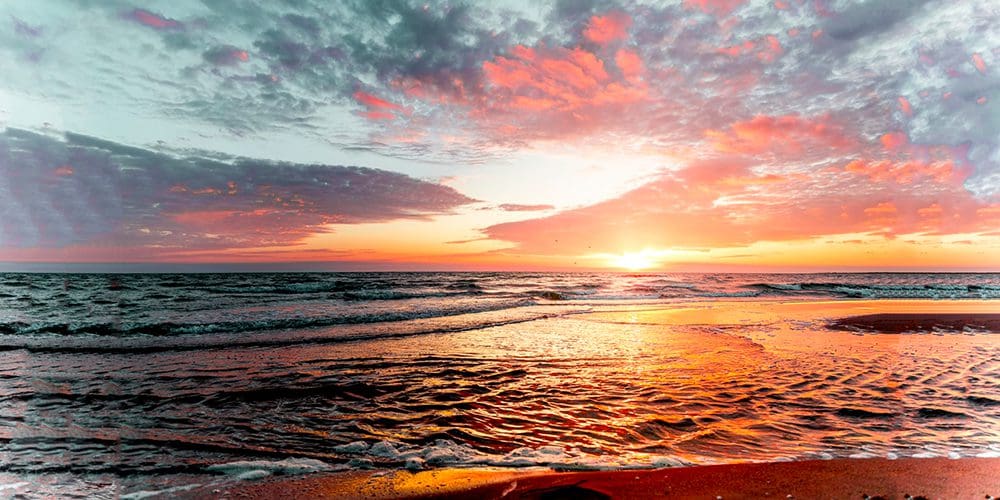
“Give light, and the darkness will disappear of itself.”
— Desiderius Erasmus
My clients have learned to expect that I come to our conversations with as many questions as I do recommendations. I love how a good question can open up space, awareness, and understanding. After our planning breakfast, a church Pastor and her Council President indulged me in my newest exploration.
I asked them if they experiencing any level of burnout or fatigue? And if they had any habits or plans for staying fit and mentally healthy as we begin to enter the dark days of winter?
Both of these very competent, dedicated, contributing, faith-filled ladies acknowledged a level of anxiety as the days grow shorter and the holiday season ahead gets closer. Both were already mourning all that has been lost and the anticipation of a season normally filled with ritual, community, and celebration being absent of those important observations.
I asked what they would be planning to do for themselves to fill that void. And what they could plan to do instead of simply passing through the season without adapting or trying new ways of finding both their faith and family connection differently.
Quickly, the Pastor volunteered that she will be getting a real Christmas tree this year to decorate and fill the house with the smell of pine. Her lay leadership member is already preparing her blue lights and committing to the discipline of getting up without the help of the sun and embracing intentional self-care.
All three of us are natural care givers and it is easier for us to give more than to receive. So our strategies include what we plan to do for others. We needed to remind each other to keep ourselves on our lists.
I, of course, suggested baking our family recipes to enjoy and give to others. (My list always includes a connection to food!)
They spoke of their burnout experiences and how this time before we have a virus vaccine is challenging, the waiting painful.
I shared with them a framework from the very popular book ‘Transitions’ by William Bridges. His model for change includes the pain and need for changes as the starting point, the planning and visioning of the change, the moving into the change, the limbo between where you were and where you are going, and making the full change and living in a new normal.
The limbo phase is the most difficult. Not being anywhere but still being vulnerable. I compared it to how the Pilgrims must have felt leaving their homelands, packed in a boat, piloted by someone else, sailing towards a foreign and unknown shore, running out of food and water with no land in sight. That is limbo. We are now in a similar, metaphysical limbo — a very challenging place in which to live.
As we journey forward in this limbo phase of not yet having arrived with a solution for the virus, an outcome to the election, a stability of our economy, while working on the state of our nation, we are also entering winter.
So I have a new question. What is your strategy for running the last miles of our metaphorical marathon in the dark?
I am interested and I am listening.
I want us all to journey safely and stay connected.
Leslie
“Listen to the inner light; it will guide you.
Listen to the inner peace; it will feed you.
Listen to the inner love; it will transform you.”
– Sri Chinmoy

